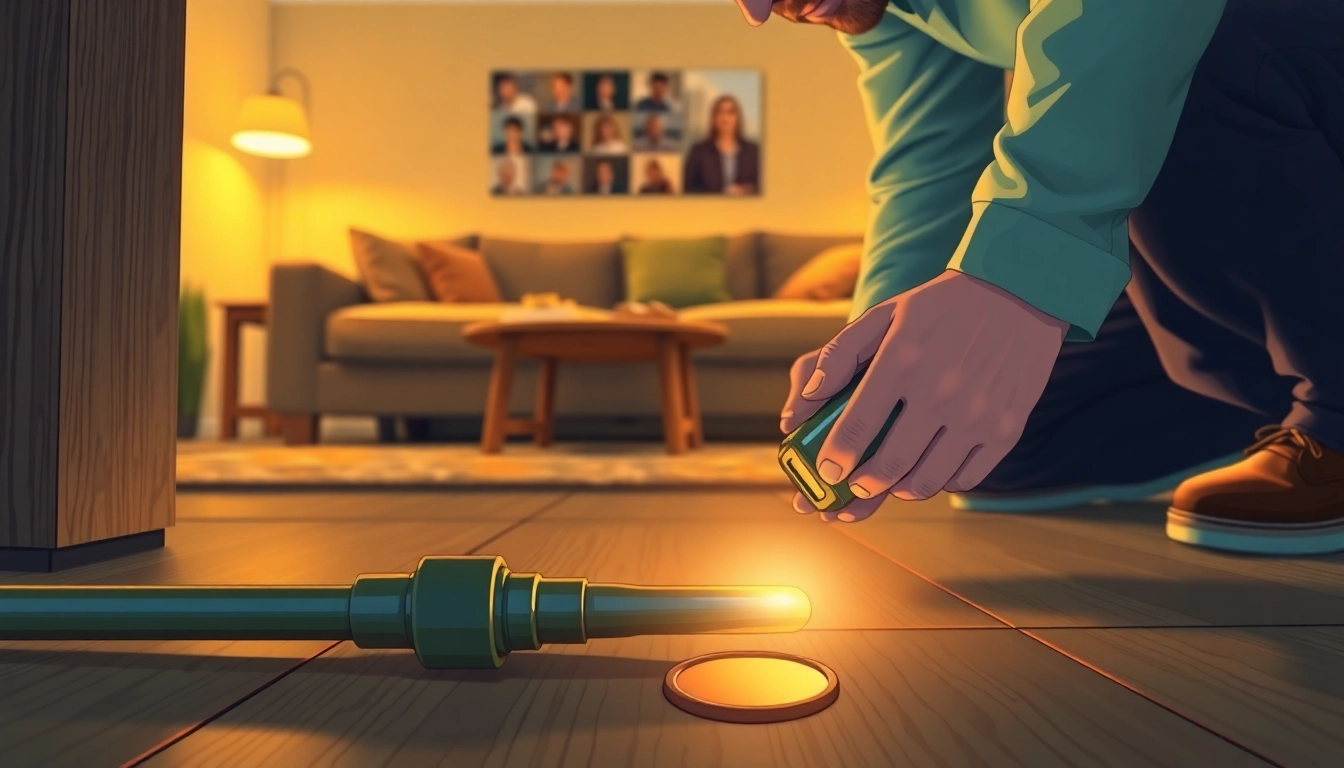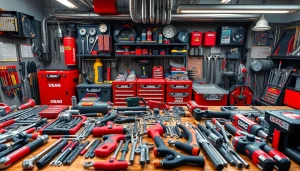Ultimate Guide to Central Heating Leak Detection: 7 Effective Strategies

Understanding Central Heating Leak Detection
Central heating systems are essential for maintaining a comfortable indoor environment, especially during colder months. However, undetected leaks can lead to increased energy costs, water damage, and other structural issues. To efficiently manage these risks, effective Central Heating Leak Detection is crucial. This guide will explore the definition, causes, and importance of timely leak detection in central heating systems.
What is Central Heating Leak Detection?
Central heating leak detection refers to the methods and tools used to identify leaks within a central heating system. These leaks can occur in various parts of the system, including pipes, radiators, and boiler connections. Detecting these leaks is vital to ensure the system operates efficiently and safely.
Common Causes of Central Heating Leaks
Leaks in central heating systems can arise from multiple factors:
- Corrosion: Over time, the metal components of pipes and fixtures can corrode due to water quality and chemical reactions, leading to pinhole leaks.
- Wear and Tear: Older systems that have been in service for many years are more susceptible to wear, resulting in cracks or breakages.
- Poor Installation: Incorrect installation techniques can lead to vulnerabilities, such as loose fittings or inadequate seals.
- Thermal Expansion: Fluctuations in temperature can cause pipes to expand and contract, which may result in joint failure over time.
Why Prompt Detection is Critical
The importance of immediate leak detection cannot be overstated. Failing to address a leak can lead to:
- Increased Energy Bills: A leaking system requires more energy to maintain desired temperatures, raising utility costs.
- Property Damage: Water damage can lead to mold growth, structural damage, and costly repairs.
- Health Risks: Moist environments foster mold and mildew, which can impact indoor air quality and pose health risks to occupants.
Signs of a Central Heating Leak
Recognizing the signs of a leak early can save homeowners significant costs and trouble. Here are some indicators to watch for:
Visual Indicators of Central Heating Leaks
Visual observations can often provide the first clues of a leak:
- Water Stains: Look for discolored patches or dampness on walls, ceilings, or floors around heating pipes.
- Puddles of Water: Any accumulation of water beneath the boiler or radiator suggests a possible leak.
- Rust or Corrosion: Presence of rust around pipe joints or at the base of radiators is a red flag.
Noisy Central Heating Systems: What to Listen For
Unusual noises can indicate underlying issues within your system:
- Gurgling Sounds: Air trapped in the pipes can produce gurgling or bubbling noises, often signaling a leak.
- Banging or Clanking: These noises may arise from sections of the pipes that are loose or have been affected by thermal expansion.
Measuring Boiler Pressure Drops
Regularly monitoring your boiler pressure can serve as an effective diagnostic tool:
- Normal Range: Boiler pressure generally should be around 1 to 1.5 bar when the system is cold.
- Pressure Drop: A consistent drop in pressure could indicate a significant leak within the system.
Tools and Techniques for Central Heating Leak Detection
Utilizing the right tools and techniques significantly enhances leak detection accuracy:
Using Thermal Imaging Cameras
Thermal imaging is one of the most effective methods for detecting central heating leaks:
- How It Works: Thermal imaging cameras detect infrared radiation, allowing users to see temperature variations in walls and ceilings, indicating leaks.
- Benefits: This non-invasive method can quickly identify hot spots caused by leaks without needing direct access to the piping system.
Essential Leak Detection Kits
For those interested in DIY leak detection, having the right tools is essential:
- Pressure Test Kits: These kits allow homeowners to pressurize their heating system and monitor for drops that could indicate leaks.
- Soap Solutions: Using a soap solution on suspected leak areas can produce bubbles if a leak is present.
Professional Techniques for Accurate Results
While DIY methods have their place, professional leak detection services often utilize advanced technology:
- Gas Tracing: Involves injecting a harmless gas into the heating system and using sensitive equipment to detect its escape at the leak point.
- Acoustic Listening Devices: These devices amplify sounds within the walls to help locate leaks based on the sounds of escaping water.
DIY Central Heating Leak Detection Methods
If you suspect a leak, you can conduct preliminary checks yourself, but it’s crucial to do so safely:
Step-by-Step Leak Checks
Follow these steps to identify potential leaks in your central heating system:
- Turn Off the Boiler: Before beginning any checks, ensure the boiler is off to avoid potential hazards.
- Inspect Visible Pipes: Check all visible parts of the system for signs of leakage.
- Monitor Pressure: Record the initial pressure reading for later comparison.
- Use Soap Solution: Apply to joints and fittings, looking for bubbling.
- Check Radiators: Ensure there’s no warmth or moisture at the base of the radiators, indicating possible leaks.
How to Isolate Your Heating System
Understanding how to isolate sections of your heating system can help pinpoint the leak:
- Locate Isolation Valves: These are usually found near the boiler and can help shut off specific areas.
- Flushing the System: After isolating sections, you can observe if pressure drops still occur, narrowing down the source of the leak.
Using Soap Solution for Leak Identification
Applying a soap solution is a simple, effective DIY approach:
- Preparation: Mix dish soap with water in a spray bottle for easy application.
- Application: Spray on joints and connections; bubbles will form if there’s an escape of air or fluid.
When to Call a Professional for Central Heating Leak Detection
If you cannot find the leak or if the problem seems complex, it’s wise to seek professional help:
Identifying Complex Leak Issues
Sometimes, leaks are hidden within walls or under floors, making them impossible to pinpoint without professional tools. If you notice:
- Persistent pressure drops despite checks.
- Unusual noises that cannot be diagnosed through DIY methods.
- Signs of extensive water damage in the area surrounding your heating components.
The Cost-Benefit Analysis of Professional Help
While hiring professionals incurs costs, consider the long-term savings:
- Preventing Damage: Early professional detection can save homeowners from extensive structural and water damage repairs.
- Increased Efficiency: A well-maintained heating system operates more efficiently, reducing energy bills long-term.
Choosing the Right Leak Detection Specialist
Selecting a qualified leak detection specialist involves several steps:
- Check for certifications and memberships in professional organizations.
- Read reviews or ask for recommendations from trusted sources.
- Inquire about the types of technology they use for leak detection to ensure advanced methods are being employed.







